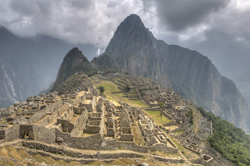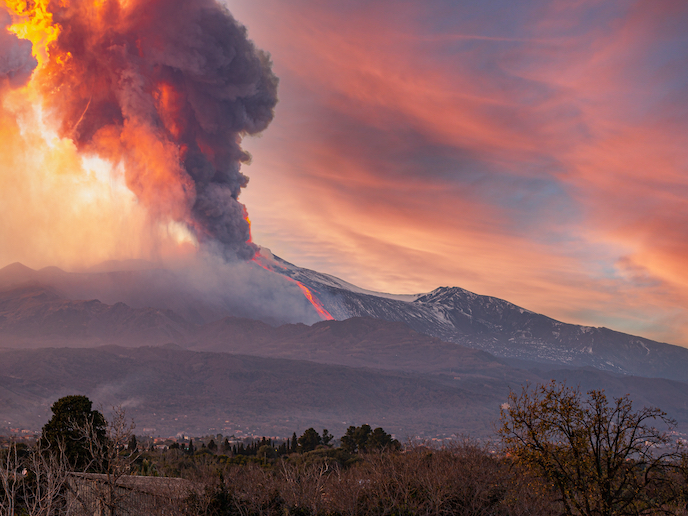Impact of climate change on settlement patterns
Researchers from the TAMBO project have traced the process of adaptation to gradual changes in climate and vegetation by human inhabitiants of the region. The initiative will help determine local and regional effects of small-scale shifts in climate. The El Niño effect has been identified as influencing human settlement patterns in specific areas of the Rio Tambo Valley and coastal region. El Niño is a weather phenomena characterised by abnormally warm surface waters in the tropical region of the Pacific ocean. In addition, limited impacts on a local scale have been attributed to seismic and volcanic events, which are a feature of the study area in southern Peru. Close cooperation between experts from a wide range of disciplines has been a particular feature of the TAMBO consortium. Specialists from the fields of climatology, volcanology, archaeology, ethnology, carbon 14 (C14) analysis and palaeobotany have all contributed to the initiative. Project partners have documented climate and environmental change in the study area from a chronological perspective. Scientists have also reconstructed stages in the development of human settlements and their decline in individual areas, a process which continues to the present day in Andean valley areas. Key achievements by the TAMBO project include analysis of aerial and satellite images of the research area and a detailed study of almost the entire Tambo valley. Researchers have investigated areas at the mouth of the river and registered detailed descriptions of 97 sites of prehistoric and colonial settlement in the region of the Tambo valley. Sites have also been identified for further investigation, including settlement and burial sites from the Late Intermediate Period between 1\;000 and 1\;476 AD. Work conducted by the TAMBO project will give scientists and policy-makers a better understanding of the type of perturbations to plan for as a result of climatic and environmental change.







